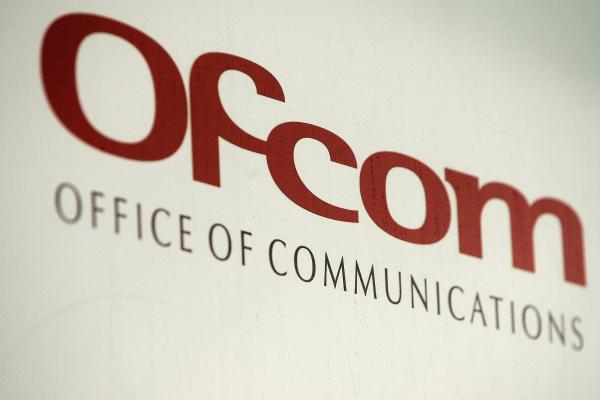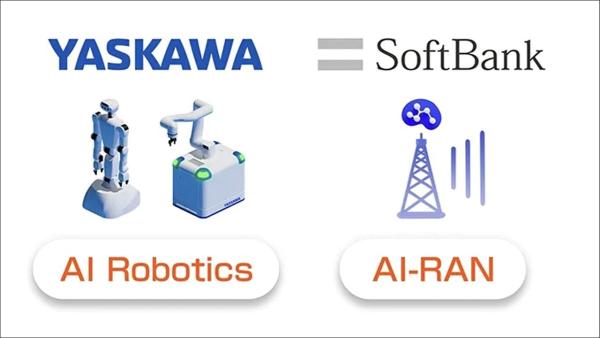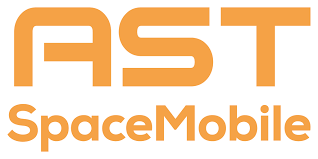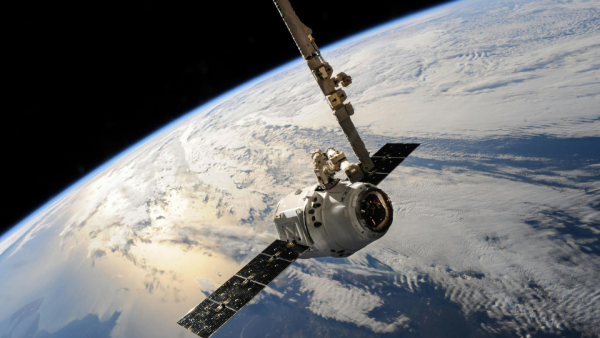Written by Mary Lennighan for Telecoms.com

Spark on Tuesday announced plans to trial satellite-to-mobile services later this year, joining a raft of global telecoms players keen to get into space connectivity.
The New Zealand-based operator is excited about the prospect of using satellites for additional coverage and network resilience, but to its credit, it is being highly realistic about the impact the technology will have, at least in the short term.
Working with satellite provider Lynk, Spark aims to launch a free trial service to an as-yet undefined subset of its existing mobile customers by he end of the year, subject the receipt of regulatory approvals and successful testing in the interim. It has pledged to provide more details on participation, the opt-in process and timings in the coming months.
Initially the trial will allow customers to use satellite connectivity for text messaging at certain times – “periodically during the day,” in its own words – but will build towards a more regular service during the course of 2024 as more commercial satellites are deployed. Once it has more satellites at its disposal, Spark also says it will open up the trial to more customers. Lynk currently has three satellites in orbit, or as it terms them, cell towers in space, that are capable of providing connectivity direct to mobile handsets.
The operator is also aiming to offer voice and data services at an unspecified time in the future, based on availability and reliability.
Unlike many in this industry, for whom the temptation to talk up a new service way before it is really a viable option proves too strong to resist, Spark is highly measured in its approach to satellite connectivity. It is one of the strings in its bow for the future, but it is under no illusion that the future is already here.
Tessa Tierney, Spark Product Director, described the technology as having “an important role to play” in connecting up New Zealand, but cautioned that even satellite cannot provide 100% coverage since it needs a clear line of sight to the sky and can be impacted by inclement weather, buildings, vehicles, vegetation and so forth.
“[However], it certainly adds an additional layer of resilience, particularly now, as we face increasingly severe and frequent weather events due to climate change,” Tierney said, adding that once there are more satellites in orbit it will extend mobile coverage to more areas that are not currently reached by the cellular network.
“We know that our customers will be eager to start using satellite messaging, but the technology is still evolving, so the service and experience will improve and expand as the number of satellites in the sky increases,” Tierney said.
There was a similarly measured message from one of Spark’s major rivals 2degrees, which also announced a partnership with Lynk earlier this month with a view to trialling a text messaging service, ahead of commercial launch.
“While this is an exciting technology you won’t hear us making claims for 18 months plus away – we’ll keep customers across actual progress, actual direct to cell satellites in operation and actual customer availability which is likely to be later this year,” said 2degrees CEO Mark Callander.
However, 2degrees is talking about a commercial launch before the end of this year and has started an ad campaign to promote it, while Callander described the technology as “moving at an astonishing pace.”
All in, there’s a bit more hype there than we’re seeing from Spark. That said, 2degrees is also starting small, allowing users to send and receive text messages when a Lynk satellite is overhead. With the launch of more satellites, it too will make the service available for longer durations and, eventually, add voice and data.
So essentially we’re seeing the same offer from 2degrees and Spark; both are basically waiting for Lynk to increase its coverage.
Lynk is not the only satellite partner Spark is working with though.
Late last month it shared details of a partnership with Netlinkz that will enable it to supply Starlink business-grade satellite broadband to customers later this year. As it stands the companies are carrying out trials with a small number of businesses.
“This partnership with Lynk, and our partnership with NetLinkz to offer a satellite business connectivity service, are part of Spark’s broader strategy to use satellite as a part of our connectivity offer to customers,” Tierney said. “We are continuing to work with these and other potential partners to broaden the services Spark can offer.”
Direct satellite-to-mobile services and other satellite-based offerings may still be in their infancy, but its pretty clear that they will have a significant role to play for mobile operators in New Zealand and elsewhere.
Click here to read the original article.









